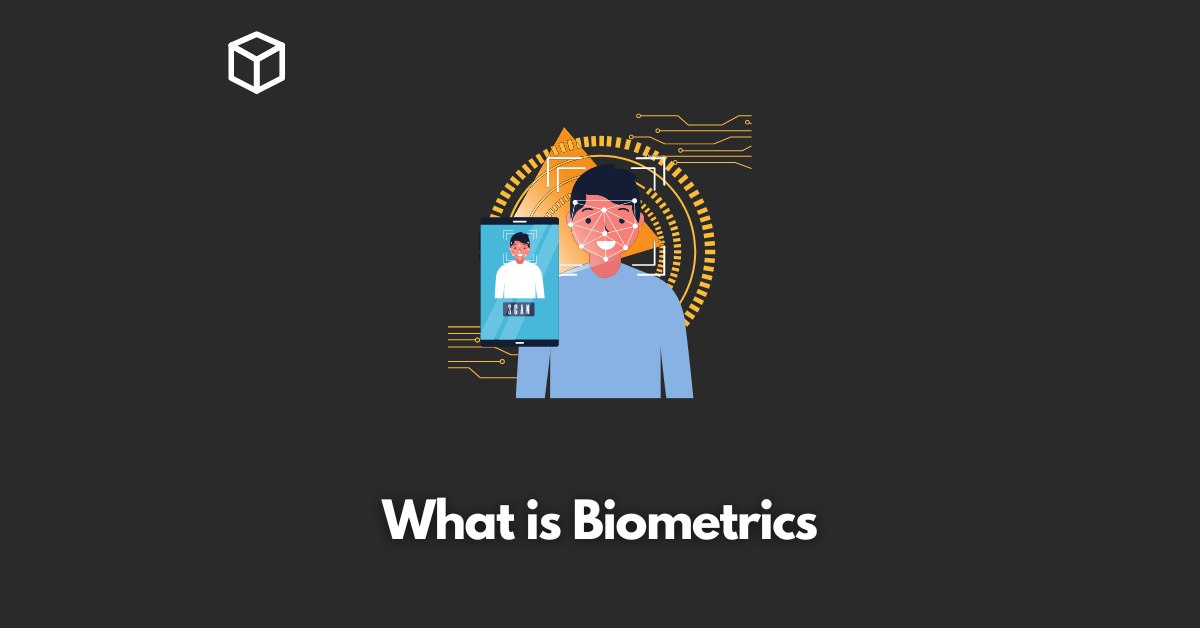Security is of the utmost importance for all of us in the world we are living in.
With the increasing amount of personal and sensitive information being shared online, it’s crucial to ensure that only authorized individuals have access to it.
One way to achieve this is through the use of biometrics, a method of authenticating a person’s identity based on their physical or behavioral characteristics.
In this article, we’ll take a closer look at what biometrics is, how it’s used in security, and its advantages and limitations.
What is Biometrics
At its core, biometrics is the process of using unique physical or behavioral characteristics to identify an individual.
It can include fingerprints, facial features, iris patterns, voice recognition, and even behavioral patterns such as typing speed.
Biometric data is collected and stored, and can then be used for authentication and access control.
How Biometrics is Used in Security
Biometrics is used in security to confirm the identity of an individual before granting them access to a certain area or system.
This can include logging into a computer, accessing a building, or even crossing a border.
By using biometric data, the authentication process becomes more secure as it’s much harder to fake or replicate someone’s physical or behavioral characteristics than it is to guess a password or steal a physical token.
Types of Biometric Authentication
There are several types of biometric authentication, each with its own advantages and disadvantages.
Some of the most commonly used methods include:
Fingerprint Recognition
This is one of the oldest and most widely used forms of biometric authentication. Fingerprints are unique to each individual and are difficult to replicate.
Facial Recognition
This method uses a camera to scan an individual’s face and compare it to a stored image.
It’s becoming increasingly popular in security systems, but it can be affected by changes in lighting or facial expressions.
Voice Recognition
This method uses an individual’s unique voice patterns to confirm their identity.
It’s often used in combination with other forms of authentication for added security.
Iris Recognition
This method uses an individual’s unique iris patterns to confirm their identity.
It’s considered one of the most secure forms of biometric authentication, but it can be affected by certain medical conditions or the use of certain types of contact lenses.
Palm Print Recognition
This method uses an individual’s unique palm print to confirm their identity.
It’s a less common form of biometric authentication, but it can be used in conjunction with other forms of authentication for added security.
Behavioral Biometrics
This method uses an individual’s unique behavioral patterns to confirm their identity, such as typing speed, mouse movement, and gait.
Advantages of Using Biometrics
There are several advantages to using biometrics in security.
Some of the most notable benefits include:
- Increased Security: As mentioned earlier, biometrics makes it much harder for unauthorized individuals to gain access to a system or area.
- Convenience for Users: With biometric authentication, users don’t have to remember a password or carry a physical token. This can make the authentication process quicker and more efficient.
- Reduced Reliance on Passwords: With the increasing number of security breaches and the ease with which passwords can be guessed or stolen, biometrics can help to reduce the reliance on passwords as the sole method of authentication.
- Improved Physical Access Control: Biometrics can be used to control access to buildings and restricted areas, ensuring that only authorized individuals can enter.
Applications of Biometrics in Security
Biometrics is used in a variety of security applications, including:
Mobile Device Security
Many smartphones now come with fingerprint scanners or facial recognition technology built-in, making it easier to secure personal data and prevent unauthorized access.
Computer Login Authentication
Biometrics can be used to log into a computer, eliminating the need for a password. This can make the login process more secure and convenient.
Physical Access Control for Buildings and Restricted Areas
Biometrics can be used to control access to buildings and restricted areas, ensuring that only authorized individuals can enter.
Time and Attendance Tracking
Biometrics can be used to track employee attendance and ensure that only authorized individuals are clocking in and out.
Border Control and Passport Verification
Biometrics can be used to verify the identity of individuals crossing borders or entering a country, making the process more secure and efficient.
Challenges and Limitations of Biometrics
Despite its advantages, biometrics does have its limitations.
Some of the most notable challenges include:
- Privacy Concerns: Some individuals may be concerned about the collection and storage of their biometric data, and how it will be used and protected.
- False Acceptance and False Rejection Rates: Biometric systems are not perfect and can sometimes make mistakes, either accepting an unauthorized individual or rejecting an authorized one.
- Vulnerability to Hacking and Spoofing: As with any system, biometric authentication can be vulnerable to hacking and spoofing. It’s important to ensure that biometric data is properly protected and that systems are regularly updated to address any potential vulnerabilities.
- Cost of Implementation and Maintenance: Implementing and maintaining biometric systems can be costly, which can be a barrier for some organizations.
Conclusion
Biometrics is a powerful tool for increasing security and convenience for users, but it also has its limitations.
As technology advances and concerns are addressed, biometrics will likely play an increasingly important role in security.
With the increasing need for secure authentication and access control, biometrics is a promising solution that can help to keep personal and sensitive information safe and secure.




